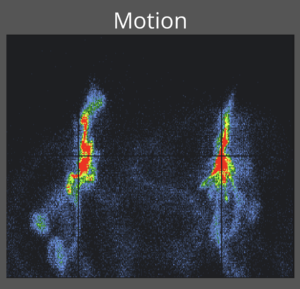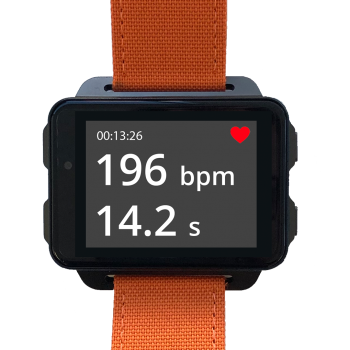
Australian Thoroughbred Welfare Initiative submission
- Posted by Stephen Bibby
- On July 24, 2020
- 0 Comments
The Thoroughbred Welfare Initiative is a collective of participants and organisations in the breeding and racing industry that are committed to improving the welfare of horses. We are funding an independent panel, the Thoroughbred Aftercare Welfare Working Group (TAWWG), to make recommendations on how to better our practices.
https://thoroughbredwelfareinitiative.org.au/
Today we provided a submission to the Thoroughbred Welfare Initiative. There is some great research underway in relation to equine limb injury prevention, and great practices that are undertaken in the industry but there is still more that could be done. Our submission is as follows..
Horse welfare covers a range of factors, the primary focus of this submission is assessing horse lameness in the modern stable. With stables increasing in size, and setting up their own training farms, how can the modern horse trainer assess lameness without having a vet at training every morning?
In our work with horse trainers they have told us one of their key worries is injury. Or more specifically, a long term injury (usually stemming from an initial mild undetected injury). If trainers could identify this early, then the horse would be in better shape to train and race.
In a recent Racing Victoria seminar we saw leading veterinarians such as Dr Chris O’Sullivan from Randwick Equine, Prof Chris Whitton talking about detection of injury (lameness) through gait analysis. In particular they were interested in any change in gait. As we know from experience, if you injure your leg or foot, the way you walk changes to favour your stronger leg.
Working with horse trainers at Caulfield and Cranbourne it’s become apparent that some track riders and stable staff are terrific in relation to picking up on subtle changes in gait and (possibly more importantly) communicating that ‘feel’ to the trainer and vet. The ability to understand gait is a vital component of horse welfare.
While some staff are great at this detection and communication, others are not. This could be due to a number of factors such as the overwhelming workload of the stable, a momentary lapse in concentration or even a simple case of being too inexperienced to understand the subtle changes of behaviour and gait.
In either case, the change in gait is always a subjective assessment. Jockey’s and stablehands use their varying experience and knowledge to make a subjective assessment of gait. And that subjective assessment needs to take in consideration the unique gait of an individual horse.
Over the last few years we have worked with Gaye Gauci-Marchant and Ernie Marchant(and additional trainers/stablehands at Cranbourne) to identify a technique to objectively baseline and record a normal gait. Using the same objective technique we can measure any changes in gait over time to potentially identify long term injury.
In consultation with Gaye and Ernie we have identified simple objective metrics that can be understood and acted on, all while under the pressure of a modern training stable.
We have seen that while the sports science in Elite sports organisations such as Victorian Institute of Sport and Australian Institute of Sport have advanced in leaps and bounds, horse trainers were slow in taking advantage of any new approaches or technology. It was either too hard, or needed pristine laboratory equipment, nothing that would survive the rigours of early morning starts.
Nowadays with technology such as smartphones being commonplace and miniaturisation of technology, there should be no excuse about it being too hard from a technical perspective. It’s all commercially available right now.


